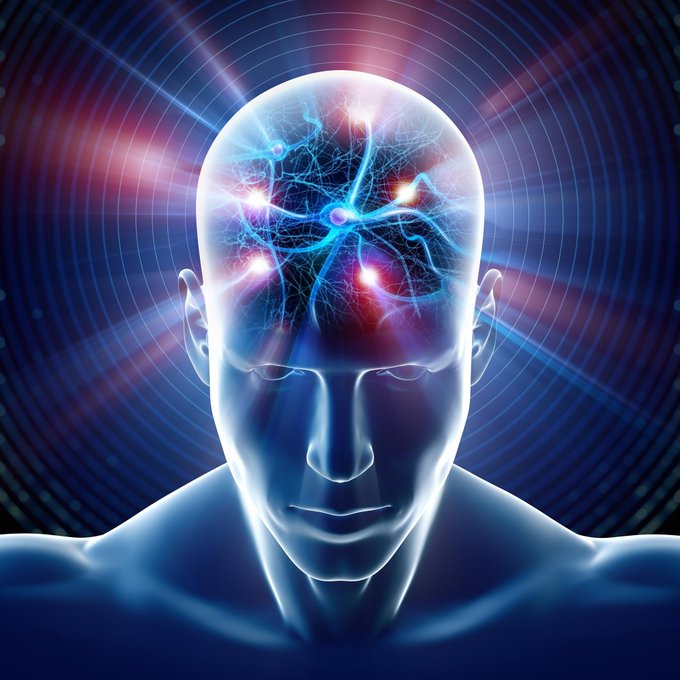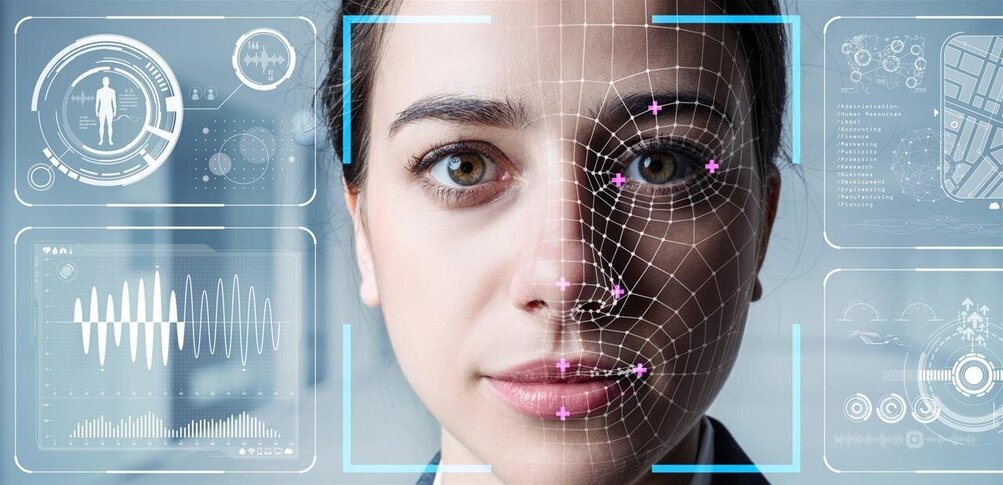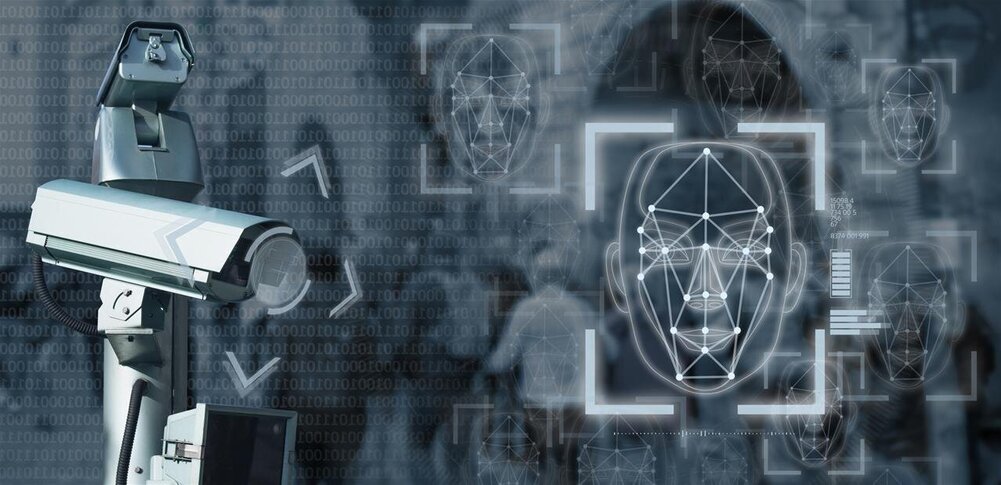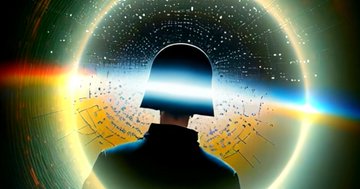A new model of the human brain.
A new study presents a new neurocomputational model of the human brain, which might shed light on how the brain develops complex cognitive skills and advance neural artificial intelligence research. An international team of scientists from the Institut Pasteur and Sorbonne University in Paris, the CHU Sainte-Justine, Mila – Quebec Artificial Intelligence Institute, and the University of Montreal conducted the study.
The model, which was featured on the cover of the journal Proceedings of the National Academy of Sciences of the United States of America (PNAS), describes neural development over three hierarchical levels of information processing:
- the first sensorimotor level explores how the brain’s inner activity learns patterns from perception and associates them with action;
- the cognitive level examines how the brain contextually combines those patterns;
- lastly, the conscious level considers how the brain dissociates from the outside world and manipulates learned patterns (via memory) no longer accessible to perception.
The model’s emphasis on the interaction between two fundamental types of learning—Hebbian learning, associated with statistical regularity (i.e., repetition), or as neuropsychologist Donald Hebb has put it, “neurons that fire together, wire together”—and reinforcement learning, associated with reward and the dopamine neurotransmitter, provides insights into the fundamental mechanisms underlying cognition.
The model solves three tasks of increasing complexity across those levels, from visual recognition to cognitive manipulation of conscious percepts. Each time, the team introduced a new core mechanism to enable it to progress.
Mots-clés : cybersécurité, sécurité informatique, protection des données, menaces cybernétiques, veille cyber, analyse de vulnérabilités, sécurité des réseaux, cyberattaques, conformité RGPD, NIS2, DORA, PCIDSS, DEVSECOPS, eSANTE, intelligence artificielle, IA en cybersécurité, apprentissage automatique, deep learning, algorithmes de sécurité, détection des anomalies, systèmes intelligents, automatisation de la sécurité, IA pour la prévention des cyberattaques.






